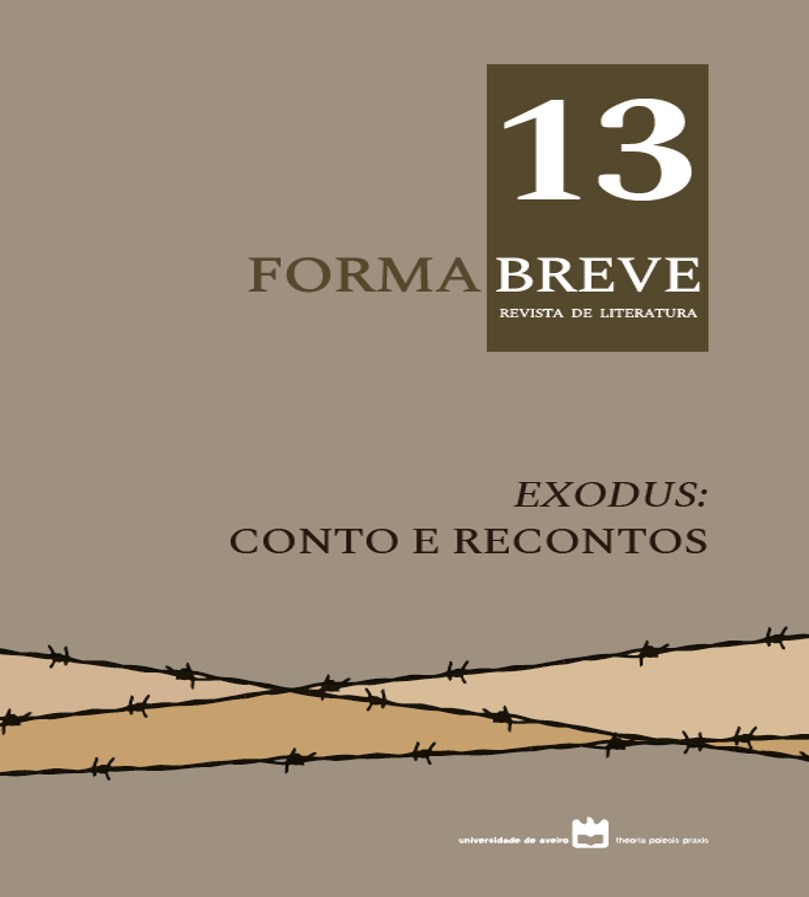Caminhadas longas, jornadas incríveis: fantasias populares de fuga e de regresso a casa
Resumen
Em 1956, Slawomir Rawicz publicou um relato de sua ousada fuga de um gulag soviético em 1941, que levou a uma caminhada de 6.500 quilômetros na Sibéria, Mongólia, Tibete e através do Himalaia até a liberdade, onze meses depois, na Índia do império britânico. The Long Walk foi traduzido para 25 idiomas e vendeu mais de meio milhão de cópias em todo o mundo. Este era um texto da época da Guerra Fria para o Reader’s Digest apoiar, e realmente foi bem apoiado.
Em 2010, foi transformado em um filme chamado The Way Back, realizado por Peter Weir e produzido e distribuído pela National Geographic. Em 1961, Sheila Burnford publicou The Incredible Journey sobre a viagem de 400 quilómetros pela tundra canadense de três animais, dois cães e um gato, para se reunir com seus donos. A história foi adotada pela Disney em 1963 como uma longa-metragem e comercializada de forma confusa como uma “Fantasia da Vida Verdadeira”.
Ela foi refeita pela Disney em 1993 como Homeward Bound: The Incredible Journey. O que esses dois livros e três filmes têm em comum é que eles não são verdadeiros como disseram, talvez não sejam verdade em qualquer sentido útil. Então, o que há nessas narrativas que nos fazem querer acreditar nelas? O crítico de cinema J. Hoberman reconheceu The Way Back em 2011 como parte de um genero recentemente emergente, o drama do atrito, onde um público confortável pode desfrutar do espetáculo do sofrimento prolongado, desde que ele leve a algum resultado edificante. The Revenant (1915), por exemplo, mostra que o genero finalmente foi notado e celebrado pela academia. Este artigo analisa o apelo da viagem épica atritiva, referindo também Exodus de Leon Uris, a novela (1958) e a versão cinematográfica (1960), entre os livros de Rawicz e Burnside.


